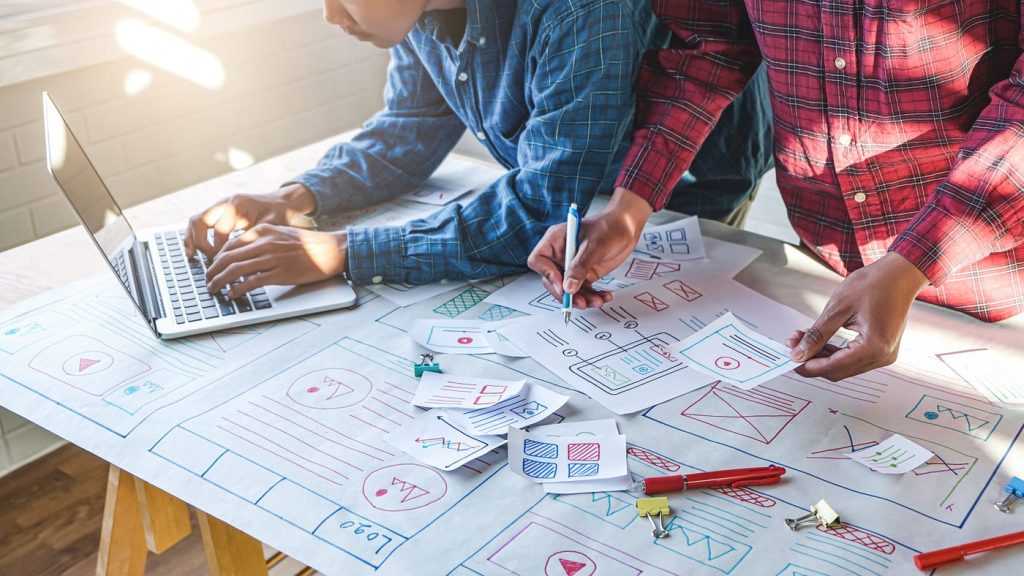In the ever-evolving landscape of mobile app development, Flutter has emerged as a game-changer, offering a rich set of widgets that empower developers to create stunning and highly customizable user interfaces. Flutter’s widgets serve as the building blocks of mobile experiences, allowing developers to craft visually appealing and feature-rich apps with ease. However, it is not just about the out-of-the-box widgets that Flutter provides; it is also about the extensive customization options they offer, revolutionizing mobile experiences like never before. One of the most revolutionary aspects of Flutter widgets is their flexibility and adaptability. Developers can effortlessly customize every aspect of a widget, from its appearance to its behavior, to perfectly match the desired design and functionality of their app. Whether it is tweaking colors, shapes, sizes, or animations, Flutter widgets offer granular control, enabling developers to create truly unique and engaging user interfaces. This level of customization empowers developers to unleash their creativity and imagination, resulting in mobile experiences that stand out from the crowd.

Take, for example, the Flutter Widgets Customization, which adhere to Google’s Material Design guidelines. While these widgets come with predefined styles and behaviors, developers can easily override them to tailor the look and feel of their app. From subtle modifications like adjusting elevation and shadows to more significant changes like altering typography and shape, Flutter Material Design widgets offer endless possibilities for customization. This allows developers to maintain consistency with the overall design language of their app while still infusing it with their own brand identity and personality. Furthermore, Flutter’s widget composition model enables developers to create complex and dynamic UIs by combining multiple widgets together. This compos ability not only enhances code reusability and maintainability but also opens up new avenues for customization. Developers can create custom widgets by composing existing ones, adding layers of functionality and styling to suit their specific requirements. Whether it is building intricate layouts, interactive animations, or gesture-driven interfaces, Flutter’s widget composition model provides a solid foundation for innovation and experimentation.
Another key aspect of Flutter widget customization is its support for responsive design. With Flutter, developers can create apps that adapt seamlessly to different screen sizes and orientations, ensuring a consistent user experience across a wide range of devices. This responsiveness is achieved through widgets like Media Query and Layout Builder, which allow developers to query device constraints and dynamically adjust the layout and styling accordingly. By embracing responsive design principles, developers can future-proof their apps and deliver a polished user experience regardless of the device being used. In addition to visual customization, Flutter widgets also offer extensive support for internationalization and accessibility. Developers can easily localize their apps for different languages and regions, ensuring that they resonate with a global audience. Likewise, Flutter’s accessibility features enable developers to build apps that are inclusive and accessible to users with disabilities. From providing semantic labels and hints for screen readers to implementing high-contrast themes for users with low vision, Flutter widgets empower developers to create mobile experiences that are usable by everyone.